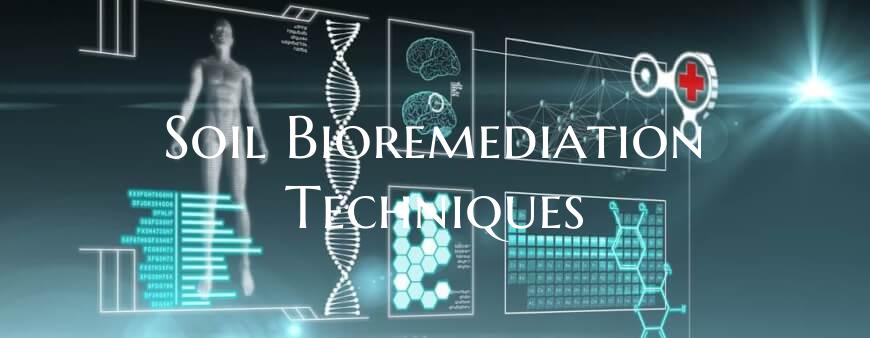Soil Bioremediation Techniques
Soil Bioremediation Techniques: Restoring the Health of Our Earth
The health of our planet is directly tied to the quality of its soil. As soil pollution continues to be a pressing environmental concern, the need for effective remediation techniques has never been greater. Soil bioremediation offers a sustainable and efficient solution to restore contaminated soils to a healthy state, thereby ensuring the well-being of ecosystems and the organisms that depend on them.
Bioremediation utilizes the power of living organisms, such as microorganisms, plants, and fungi, to break down or neutralize pollutants in the soil. There are several techniques that fall under the umbrella of soil bioremediation, each offering a unique approach to cleaning up contaminated sites.
One common method is the use of indigenous microorganisms, which are naturally present in the soil and can be stimulated to degrade pollutants through processes such as biostimulation and bioaugmentation. Biostimulation involves providing nutrients and other growth-promoting factors to enhance the activity of existing microorganisms, while bioaugmentation introduces specific strains of beneficial microbes to accelerate the degradation of contaminants.
Phytoremediation is another powerful technique that harnesses the natural abilities of plants to uptake, metabolize, or sequester pollutants from the soil. Certain plants, known as hyperaccumulators, are particularly adept at absorbing heavy metals and other toxic substances, making them valuable allies in the remediation of contaminated sites.
In addition to microbial and plant-based approaches, other soil bioremediation techniques include composting, vermiculture, and landfarming. Composting involves the decomposition of organic materials under controlled conditions to facilitate the breakdown of contaminants. Vermiculture, or the use of earthworms, can help improve soil structure and enhance the degradation of pollutants. Landfarming involves the treatment of contaminated soil by spreading it out over a specific area and promoting microbial activity to break down pollutants.
Overall, soil bioremediation techniques offer a sustainable and cost-effective way to clean up polluted sites and restore soil health. By harnessing the power of nature's own processes, we can work towards a cleaner, healthier environment for present and future generations.

